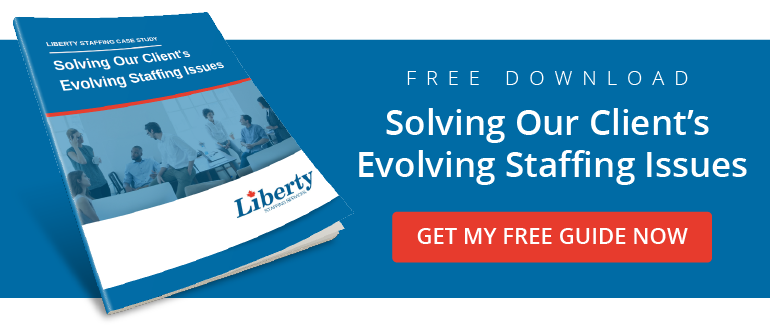 Fall is the busiest hiring season in Canada, which means you need to be prepared. Chances are you’ll be doing some hiring in the near future. As you look to streamline your process, you’ll want to make sure you’re creating your candidate shortlist in the most efficient and effective way.
Fall is the busiest hiring season in Canada, which means you need to be prepared. Chances are you’ll be doing some hiring in the near future. As you look to streamline your process, you’ll want to make sure you’re creating your candidate shortlist in the most efficient and effective way.
How do you choose who gets an interview and who doesn’t? Who gets a job offer? The shortlist helps you streamline the hiring process, so you need to make sure you’re choosing the right candidates.
Take a look at these seven factors when you’re selecting candidates.
1. Prioritize Relevant Experience
Many of the applicants who apply are likely to have experience in some way or another. The question is whether they have relevant experience. A candidate may have many years of experience in a completely different capacity, which may not be relevant to the role.
2. Consider Growth Potential
Of course, experience has its limitations. You wouldn’t want to hire someone with years of experience for a junior position. They wouldn’t have any opportunities to grow, and they’d likely become bored.
The right person for a job is going to have many of the skills they need, but they’ll also be challenged to learn and grow.
3. Skills and Keyword Matching
Take another look at the candidate’s resume. How closely do their skills descriptions match your keywords?
Keyword matching might suggest this person has the right skill set for the job. It also suggests a couple of other things. The first is that they took the time to carefully read the job posting. The other is they took the time to customize their resume for your job post.
4. Think about Availability
Was it easy to schedule an interview with this person? Everyone is very busy these days, but if it was difficult to get the person into the office for an interview, will they be more available once they begin the job?
Similarly, if the person was late or had to switch dates, it might suggest to you they’re not taking the opportunity seriously.
Finally, if you asked them when they’d be available to start, consider how their answer matches your needs. If they can’t start for three weeks, but you need someone tomorrow, you may have a problem.
5. Pre-Screening Test Scores
If you conduct pre-screening tests, which you should, take those into account as well. It’s easy for candidates to read job postings and adjust their resumes to reflect everything you want to see. A screening test helps weed out candidates who don’t have the skills required.
While scores are only part of the picture, they can give you an idea of who has an aptitude in a particular area or excels at a particular task.
6. Reference Recommendations
If you ask for references, be sure to follow up on them. What does this person’s former employers, co-workers, and peers have to say about them? Most references will be quite enthusiastic and try to talk up the candidate as much as possible, but you may be able to gain some insight by talking to them.
7. Salary Requirements
If you requested a salary range from the candidates, be sure to consider it as you prepare the shortlist. Some candidates may ask for more than your budget allows, while others may underestimate. Check your budget for the position. Be sure to consider experience. How much are you willing to adjust to get the ideal employee?
If you think about these seven factors as you pull together your shortlist, you’ll be able to select the right candidates.


